Applied Mathematics
Vol. 4 No. 2 (2013) , Article ID: 28418 , 8 pages DOI:10.4236/am.2013.42060
Existence Theorem for a Nonlinear Functional Integral Equation and an Initial Value Problem of Fractional Order in L1(R+)
1Mathematics Department, Faculty of Science and Education, Taif University, Al-Khurmah Branch, Taif, KSA
2Mathematics Department, Faculty of Science, Suez Canal University, Ismailia, Egypt
3Mathematics Department, Faculty of Science, Tanta University, Tanta, Egypt
4Mathematics Department, Faculty of Science, Al-Azhar University, Cairo, Egypt
Email: iabouelfarag@hotmail.com, tarekamer30@hotmail.com, dd_yasser@yahoo.com
Received November 21, 2012; revised December 21, 2012; accepted December 30, 2012
Keywords: Nonlinear Functional Integral Equation; Volterra Operator; Measure of Weak Noncompactness; Fractional Calculus; Schauder Fixed Point Theorem
ABSTRACT
The aim of this paper is to study the existence of integrable solutions of a nonlinear functional integral equation in the space of Lebesgue integrable functions on unbounded interval, L1(R+). As an application we deduce the existence of solution of an initial value problem of fractional order that be studied only on a bounded interval. The main tools used are Schauder fixed point theorem, measure of weak noncompactness, superposition operator and fractional calculus.
1. Introduction
The class of functional integral equations of various types plays very important role in numerous mathematical research areas. An interesting feature of functional integral equations is its role in the study of many problems of functional differential Equations [1-4].
In this work we study the solvability of the following initial value problem
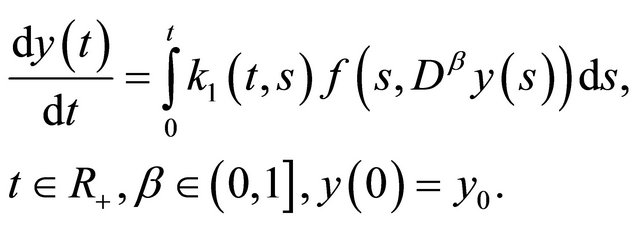 (1)
(1)
where 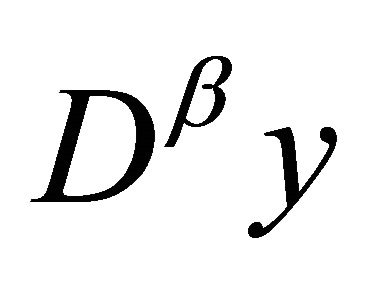 denotes the fractional derivative of order
denotes the fractional derivative of order 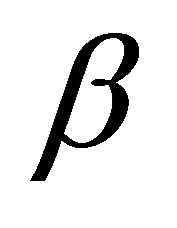 of
of 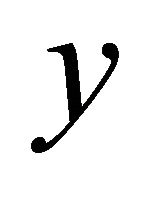 with
with . Such initial value problem of arbitrary order (1) was investigated in [5-7]. To achieve this goal, let us consider the integral equation
. Such initial value problem of arbitrary order (1) was investigated in [5-7]. To achieve this goal, let us consider the integral equation
 (2)
(2)
which is different from that studied in [2].
Section 2 contains some basic results. Our main result will be given in Section 3. Solvability of the considered initial value problem will be discussed in Section 4.
2. Basic Concepts
This section is devoted to recall some notations and known results that will be needed in the sequel.
If 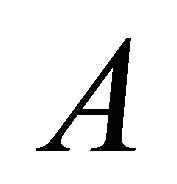 is a Lebesgue measurable subset of the set of real numbers
is a Lebesgue measurable subset of the set of real numbers 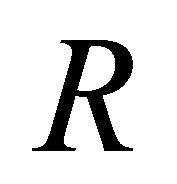 then we use the symbol
then we use the symbol 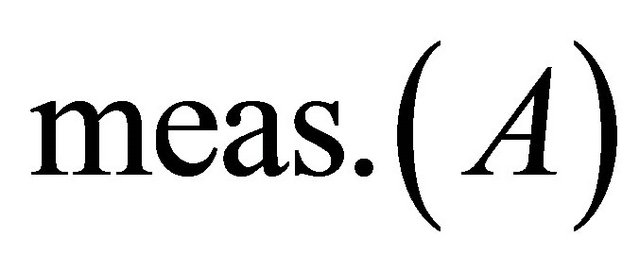 to denote the Lebesgue measure of
to denote the Lebesgue measure of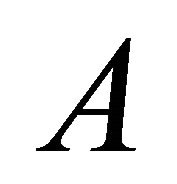 . Let
. Let 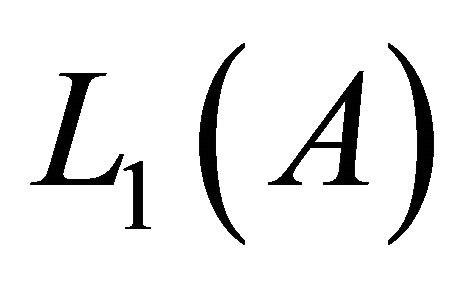 be the space of all real functions defined and Lebesgue measurable on the set
be the space of all real functions defined and Lebesgue measurable on the set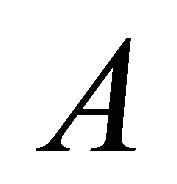 . If
. If 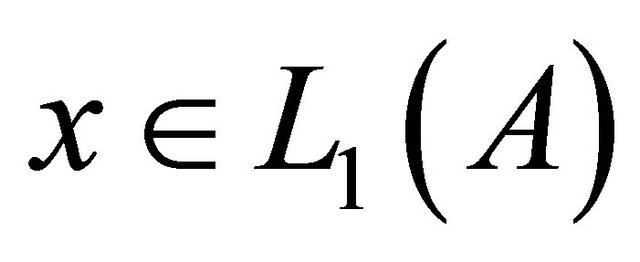 then the norm of
then the norm of 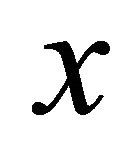 is defined as:
is defined as:

when  we will write
we will write 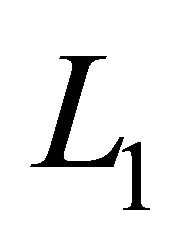 instead of
instead of 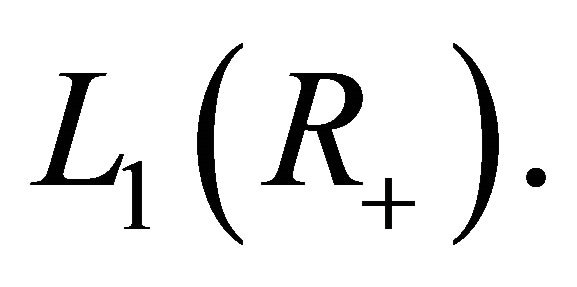
2.1. The Superposition Operator
An important operator called the superposition operator can be investigated in the theories of differential integral and functional equations [4,8-10]. It can be defined as follows:
Definition 1. Assume that  satisfies Carathéodory conditions, that is it is measurable in
satisfies Carathéodory conditions, that is it is measurable in 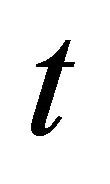 for any
for any 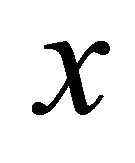 and continuous in
and continuous in 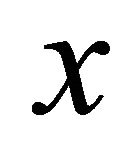 for almost all
for almost all 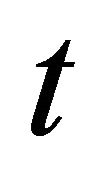 where
where . Then for every measurable function
. Then for every measurable function 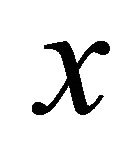 on the interval
on the interval 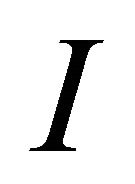 we assign the function:
we assign the function:

The operator F defined in this way is called the superposition operator generated by the function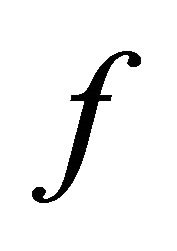 .
.
Carathéodory [11] gave the first contribution to the theory of the superposition operator and proved its measurability according to the measurability of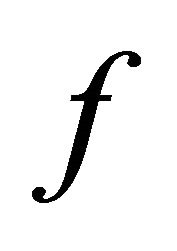 .
.
We state the following result giving the necessary and sufficient condition so that the superposition operator 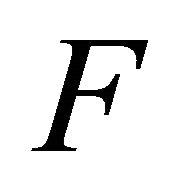 generated by
generated by 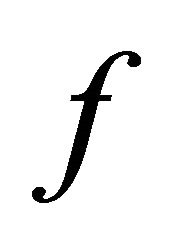 will map continuously
will map continuously 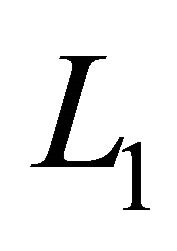 into itself [12].
into itself [12].
Theorem 2. Let 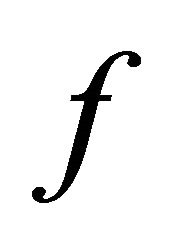 satisfy the conditions in Definition 1. The superposition operator
satisfy the conditions in Definition 1. The superposition operator 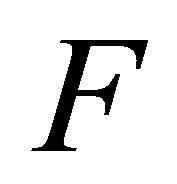 generated by the function
generated by the function 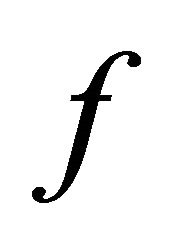 maps continuously the space
maps continuously the space 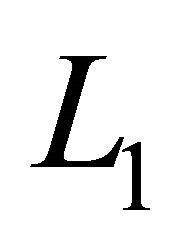 into itself if and only if:
into itself if and only if:

for all 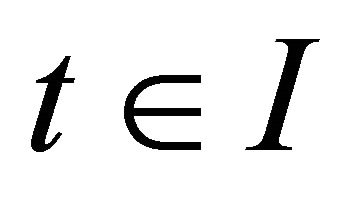 and
and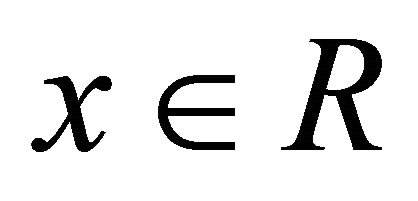 , where
, where 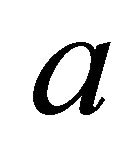 is a function that belongs to
is a function that belongs to 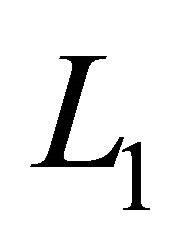 and
and 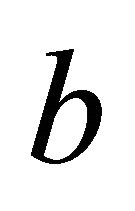 is a nonnegative constant.
is a nonnegative constant.
It is known that a real valued continuous function is measurable and that the converse is not necessarily true. However, for the converse we have the following results due to Dragoni [13].
Theorem 3. Let 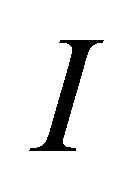 be a bounded interval and
be a bounded interval and  be a function satisfying Caratheodory conditions. Then for each
be a function satisfying Caratheodory conditions. Then for each  there exists a closed subset
there exists a closed subset 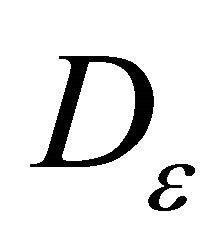 of the interval I such that
of the interval I such that  and
and 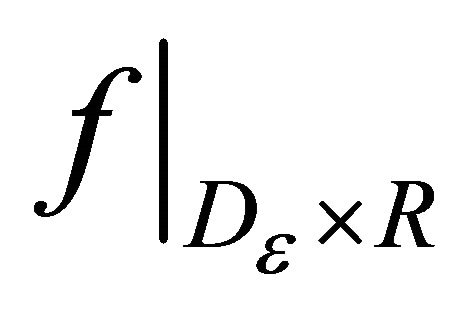 is continuous.
is continuous.
2.2. Volterra Integral Operator
We proceed by recalling some basic facts concerning the linear Volterra integral operator in the Lebesgue space 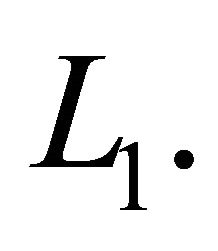 Suppose
Suppose  is a given function which is measurable with respect to both variables where
is a given function which is measurable with respect to both variables where

For an arbitrary function 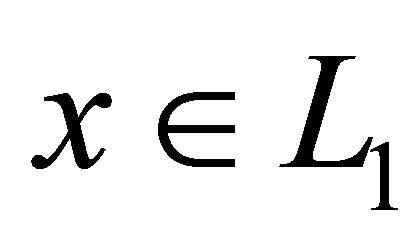 define Volterra integral operator as follows:
define Volterra integral operator as follows:

It is well known that if  then it is continuous [4,9].
then it is continuous [4,9].
In general, it is rather difficult to find necessary and sufficient conditions for the function 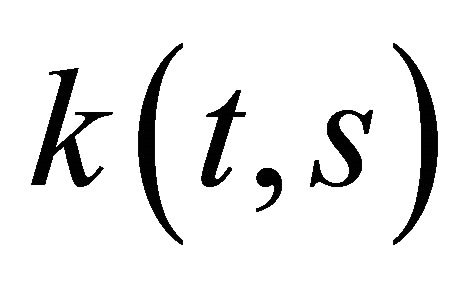 guaranteeing that the integral operator
guaranteeing that the integral operator 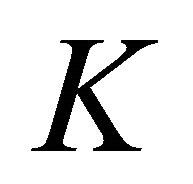 transforms the space
transforms the space 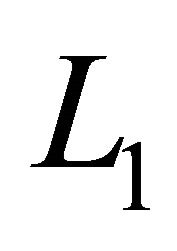 into itself. Some special cases of this problem were discussed in [4,14]. In this direction we state the next result [15]:
into itself. Some special cases of this problem were discussed in [4,14]. In this direction we state the next result [15]:
Theorem 4. Let 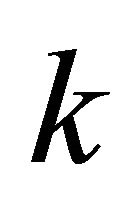 be measurable on
be measurable on 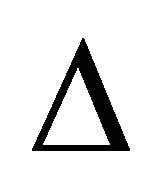 and such that
and such that

Then the Volterra integral operator 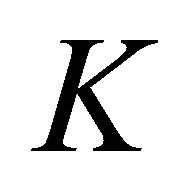 generated by
generated by 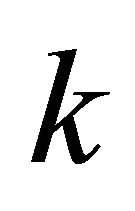 maps (continuously) the space
maps (continuously) the space 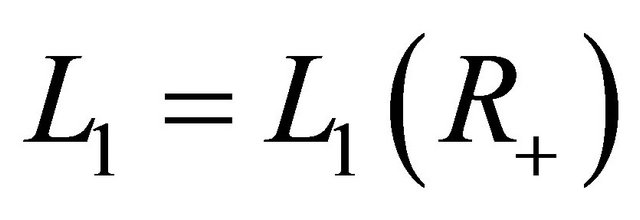 into itself and the norm
into itself and the norm 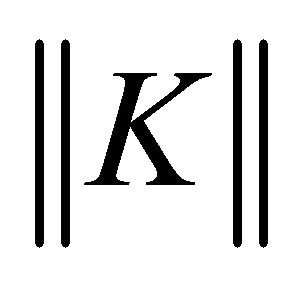 of this operator is majorized by the number
of this operator is majorized by the number
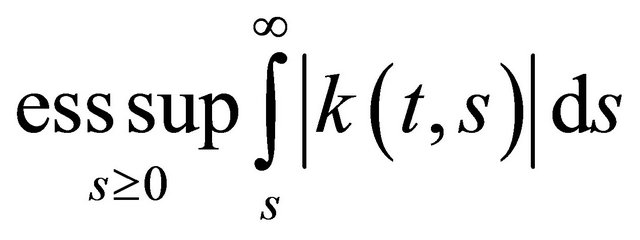 .
.
Observe that if 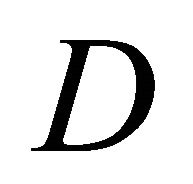 is a nonempty and measurable subset of
is a nonempty and measurable subset of 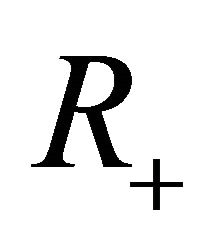 then we can also consider the linear Volterra integral operator associated with the Lebesgue space
then we can also consider the linear Volterra integral operator associated with the Lebesgue space 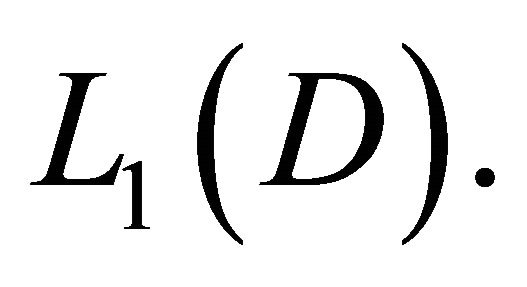
NamelyIf 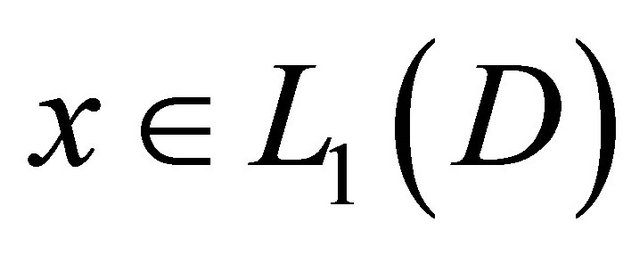 where
where 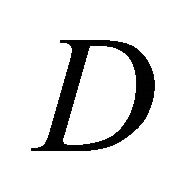 is a nonempty and measurable subset of
is a nonempty and measurable subset of 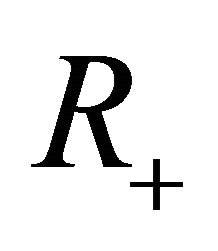 then we extend
then we extend 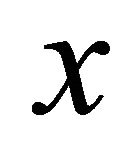 to the whole half axis
to the whole half axis 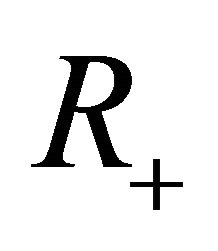 by putting
by putting 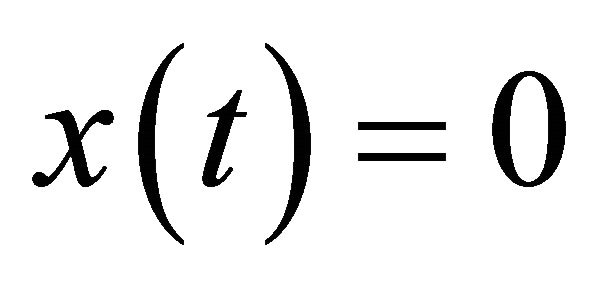 for
for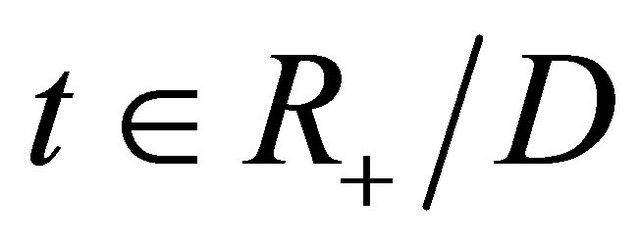 . Then we can treat
. Then we can treat 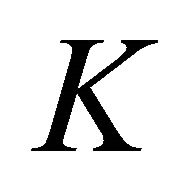 in the usual way. When the operator
in the usual way. When the operator 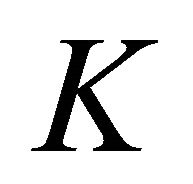 transforms
transforms 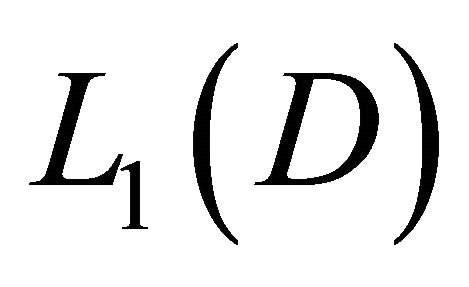 into itself its norm will be denoted by
into itself its norm will be denoted by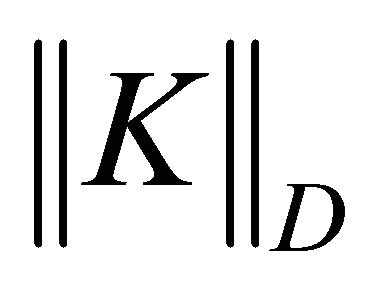 .
.
2.3. Measures of Weak Noncompactness
Let us assume that 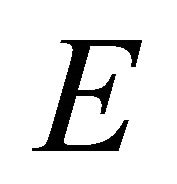 is an infinite dimensional Banach space with the norm
is an infinite dimensional Banach space with the norm 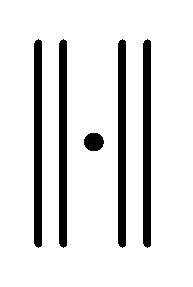 and the zero element
and the zero element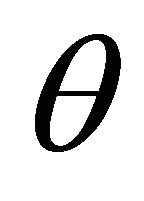 . Denote by
. Denote by 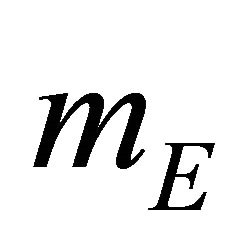 the family of all nonempty and bounded subsets of
the family of all nonempty and bounded subsets of 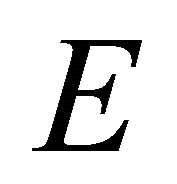 and by
and by 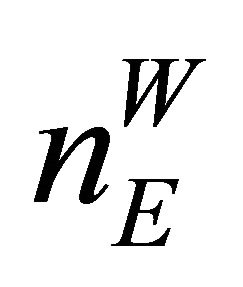 its subfamily consisting of all relatively weakly compact sets. The symbol
its subfamily consisting of all relatively weakly compact sets. The symbol 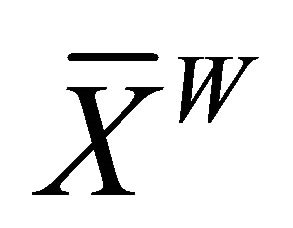 stands for the weak closure of a set
stands for the weak closure of a set 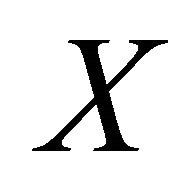 and the symbol
and the symbol 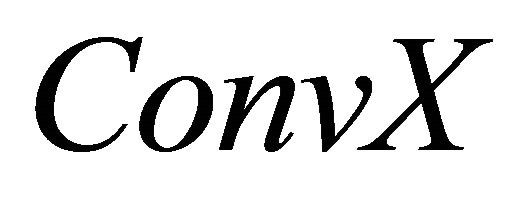 will denote the convex closed hull (with respect to the norm topology) of a set
will denote the convex closed hull (with respect to the norm topology) of a set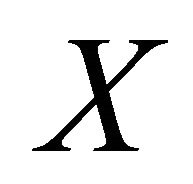 . We denote by
. We denote by 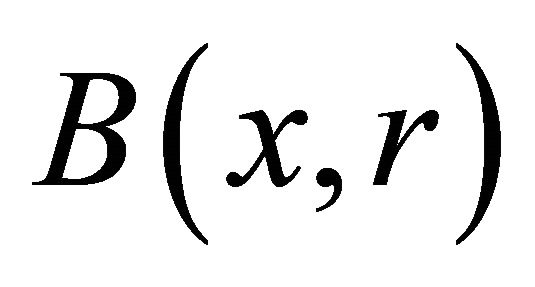 the ball centered at
the ball centered at 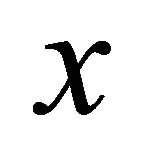 and of radius
and of radius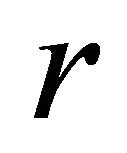 . We write
. We write 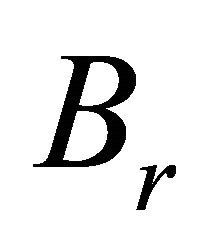 instead of
instead of 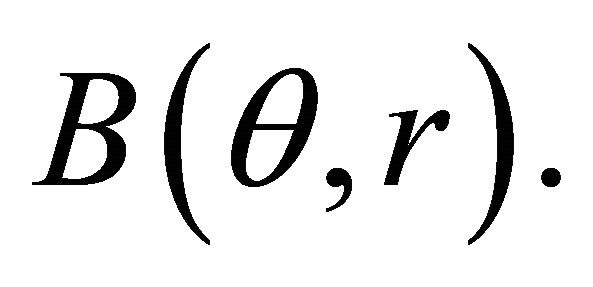 In what follows we accept the following definition [16]
In what follows we accept the following definition [16]
Definition 5. A function  is said to be a measure of weak noncompactness if it satisfies the following conditions: The Family 1) The family
is said to be a measure of weak noncompactness if it satisfies the following conditions: The Family 1) The family  is nonempty and is nonempty and ker
is nonempty and is nonempty and ker 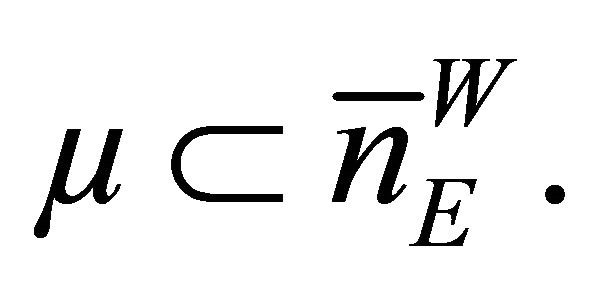
2) 
3) 
4)  for
for 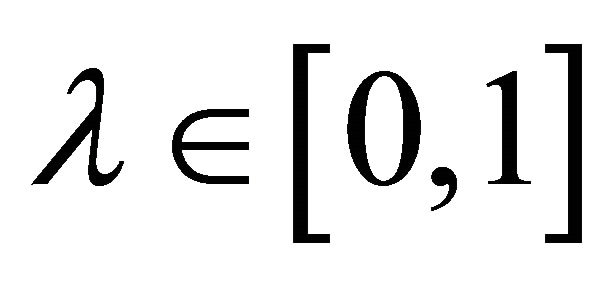 .
.
5) 
And if ![]() then the intersection is nonempty
then the intersection is nonempty 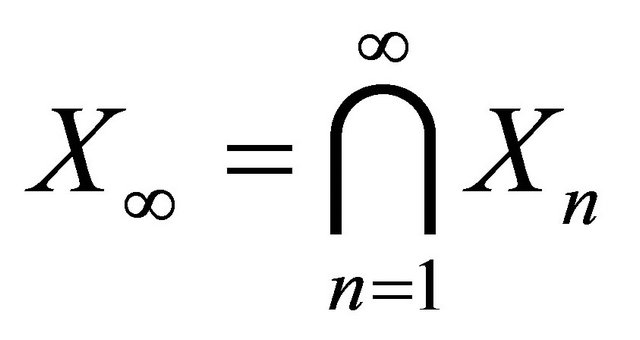
The family  is said to be the kernel of the measure of weak noncompactness
is said to be the kernel of the measure of weak noncompactness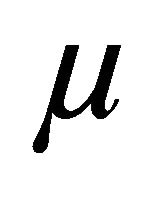 . Let us observe that the intersection set
. Let us observe that the intersection set 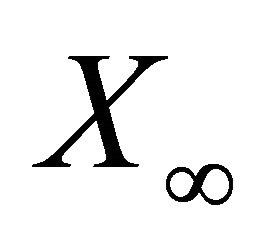 from 5) belongs to
from 5) belongs to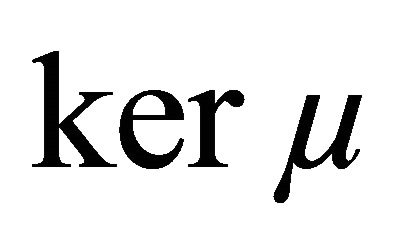 . Indeed, since
. Indeed, since  for every
for every 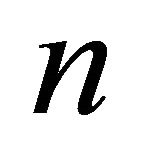 then we have that
then we have that
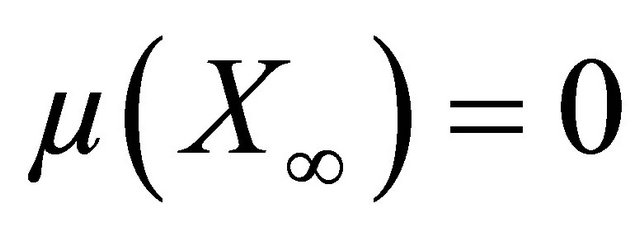 .
.
We can construct a useful measure of weak noncompactness in the space 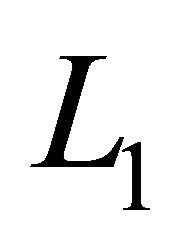 that based on the following criterion for weak noncompactness due to Dieudonné [17,18].
that based on the following criterion for weak noncompactness due to Dieudonné [17,18].
Theorem 6. A bounded set 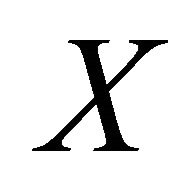 is relatively weakly compact in
is relatively weakly compact in 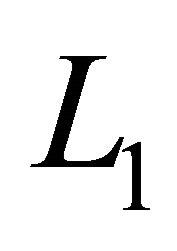 if and only if the following two conditions are satisfied:
if and only if the following two conditions are satisfied:
a) for any 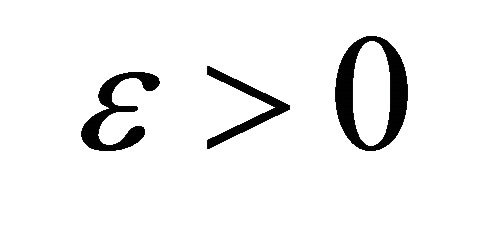 there exists
there exists 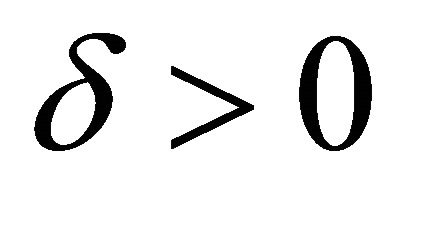 such that if meas.
such that if meas.  Then
Then 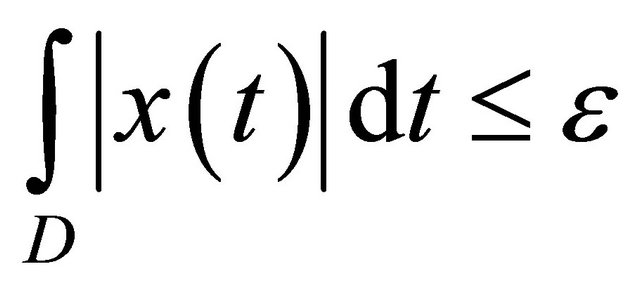 for all,
for all,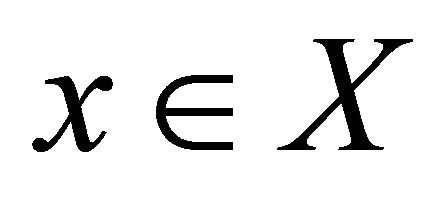 .
.
b) for any 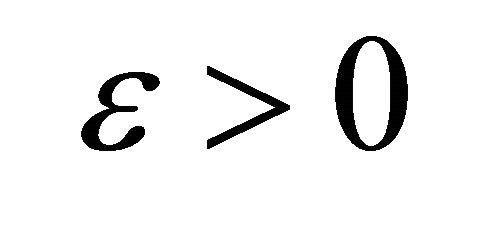 there is
there is  such that
such that 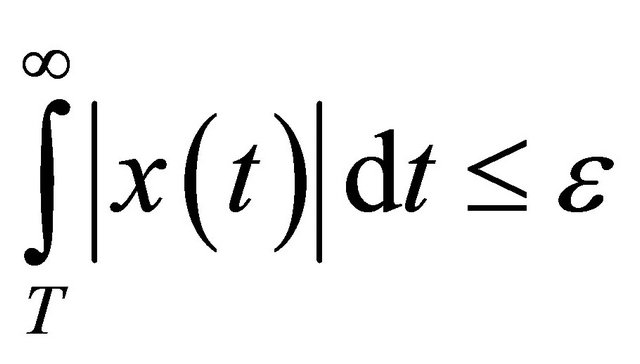 for any ,
for any ,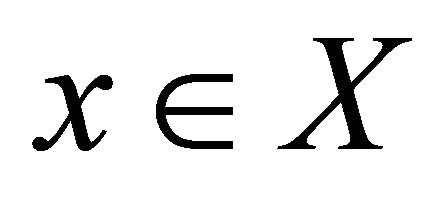 .
.
Now, for a nonempty and bounded subset 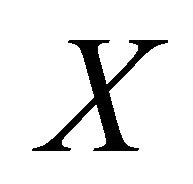 of the space
of the space  let us define:
let us define:
 (3)
(3)
where

and

It can be shown [17] that the function 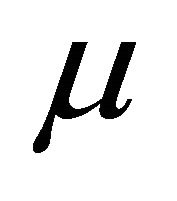 is a measure of weak noncompactness in the space
is a measure of weak noncompactness in the space 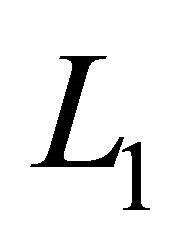 such that
such that , for any
, for any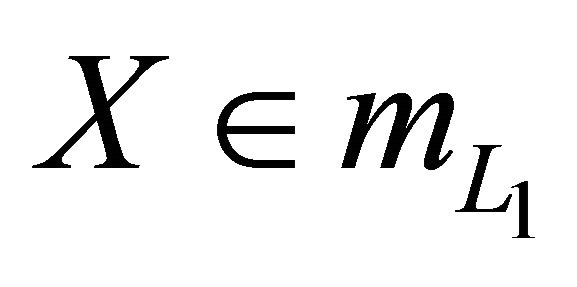 , where
, where 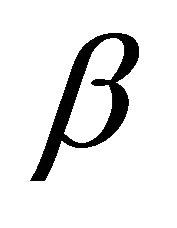 denotes the De Blasi measure of weak noncompactness in
denotes the De Blasi measure of weak noncompactness in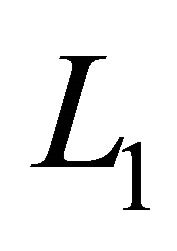 . Moreover,
. Moreover,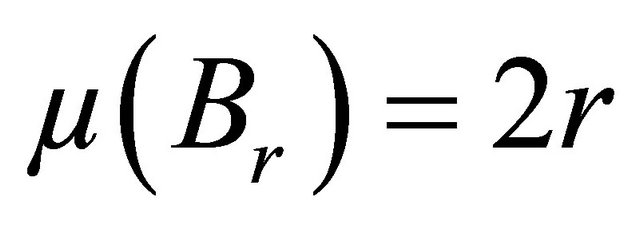 .
.
In our approach we will need the following fixed point theorem due to Schauder.
Theorem 7. Let  be a nonempty, convex, closed, and bounded subset of a Banach space
be a nonempty, convex, closed, and bounded subset of a Banach space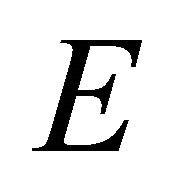 . Let
. Let  be a completely continuous mapping. Then
be a completely continuous mapping. Then 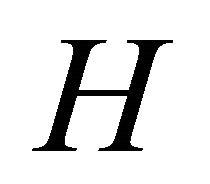 has at least one fixed point in
has at least one fixed point in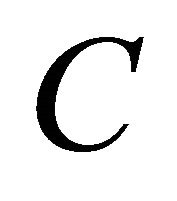 .
.
2.4. Fractional Calculus
The definitions of both differential operator and the integral operator of fractional order are stated as follows [19,20].
Definition 8. Let  The RiemmanLiouville (R-L) fractional integral of the function
The RiemmanLiouville (R-L) fractional integral of the function 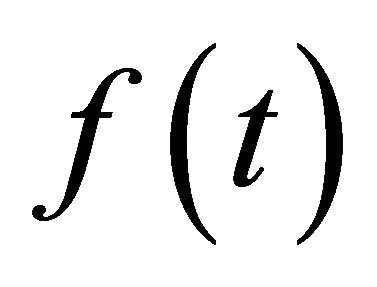 of order
of order 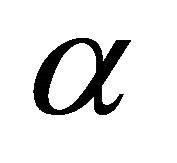 is defined as
is defined as
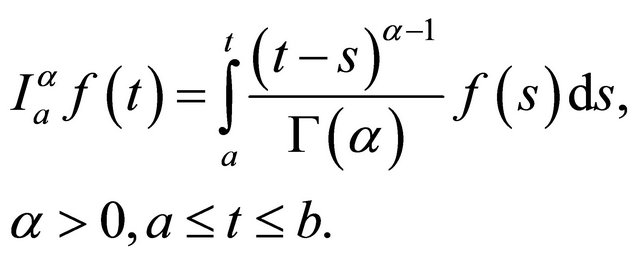
Definition 9. Let 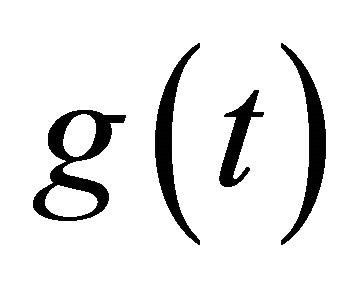 be an absolutely continuous function on
be an absolutely continuous function on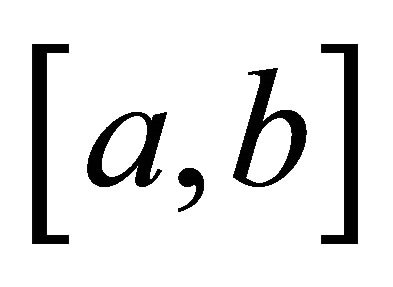 . Then the fractional derivative of order
. Then the fractional derivative of order 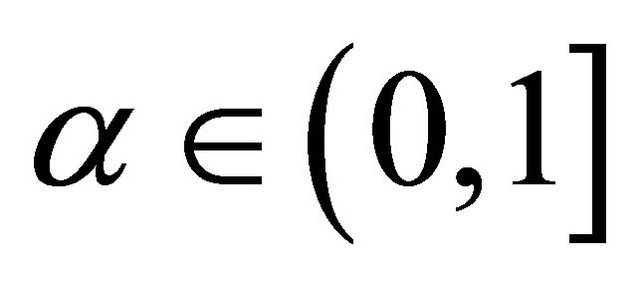 of
of 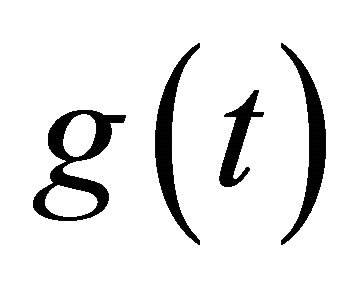 is defined as
is defined as
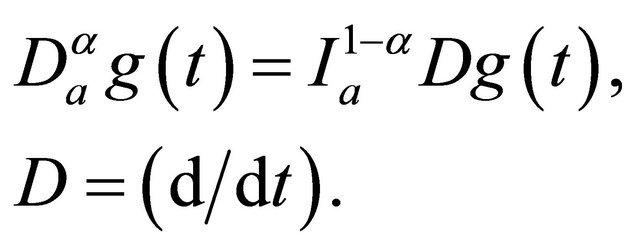
We state here some results concerning the above mentioned operators:
1) Let , then i)
, then i) 
ii) 
2) The operator 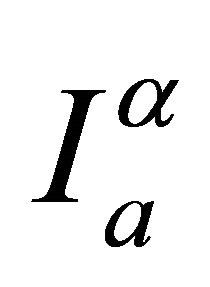 maps
maps 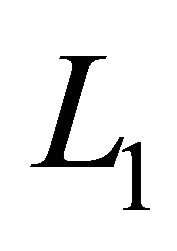 into itself continuously.
into itself continuously.
3. Existence Theorem
Consider the integral Equation (2) and let 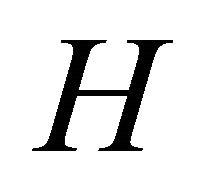 denotes the operator determined by the right hand side of this equation, i.e.,
denotes the operator determined by the right hand side of this equation, i.e.,
 (4)
(4)
where 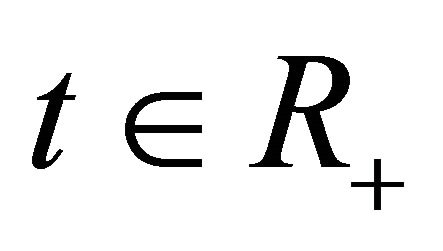 In fact the operator
In fact the operator 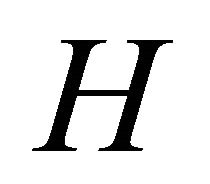 can be written as the product
can be written as the product  of the linear Volterra operator
of the linear Volterra operator

and the superposition operator

Therefore Equation (4) can be written as:
 (5)
(5)
To establish our main result concerning existence of an integrable solution of Equation (2) we impose suitable conditions on the functions involved in that equation. Namely we assume 1) The functions  satisfy the Caratheodory conditions and there exist functions
satisfy the Caratheodory conditions and there exist functions 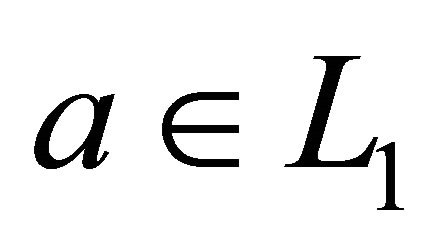 and constants
and constants 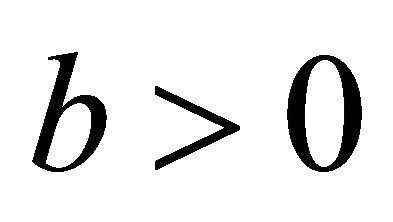 such that
such that

holds for all 
2) The functions  satisfy the Caratheodory conditions and the linear Volterra operators
satisfy the Caratheodory conditions and the linear Volterra operators 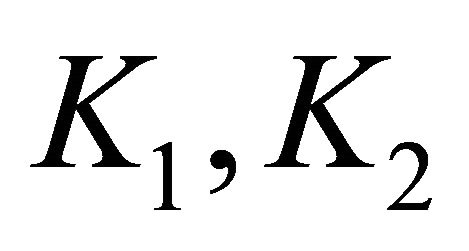 associated with
associated with 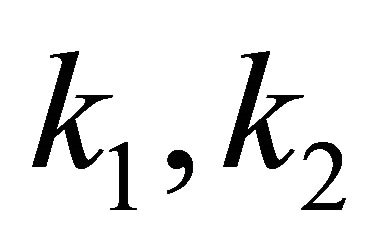 map
map 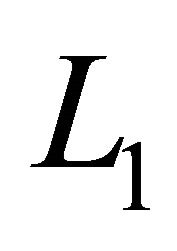 into itself.
into itself.
3)  is increasing, absolutely continuous and there exists a constant
is increasing, absolutely continuous and there exists a constant 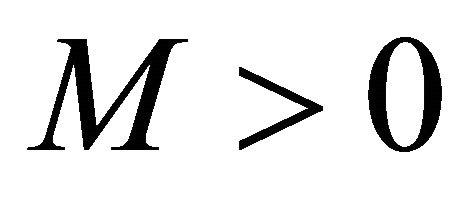 such that
such that 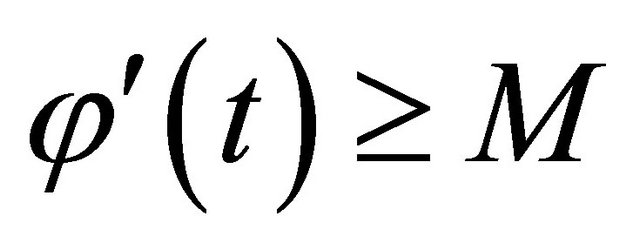 a.e. on
a.e. on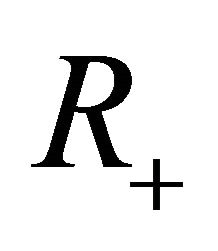 .
.
4) .
.
Now we can state our main result in the next theorem.
Theorem 10. Under the above assumptions the Equation (2) has at least one solution 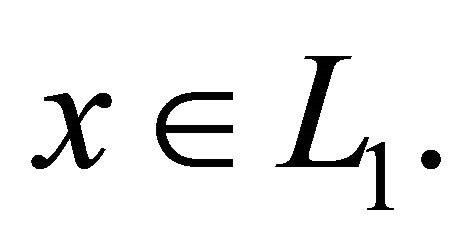
Proof. Since  is a nonlinear operator defined by Equation (5), then based on assumptions i) and ii) if
is a nonlinear operator defined by Equation (5), then based on assumptions i) and ii) if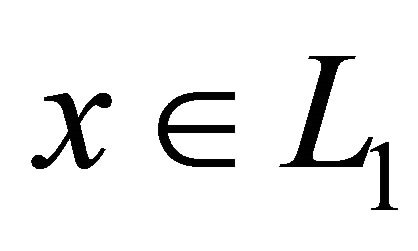 , then
, then 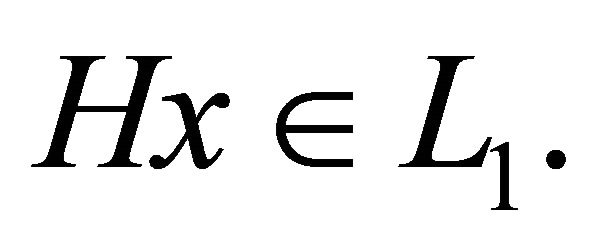 Moreover, from Equation (5), and noting that
Moreover, from Equation (5), and noting that 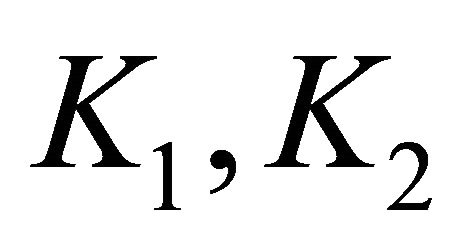 according to our assumptions are indeed bounded, we have
according to our assumptions are indeed bounded, we have
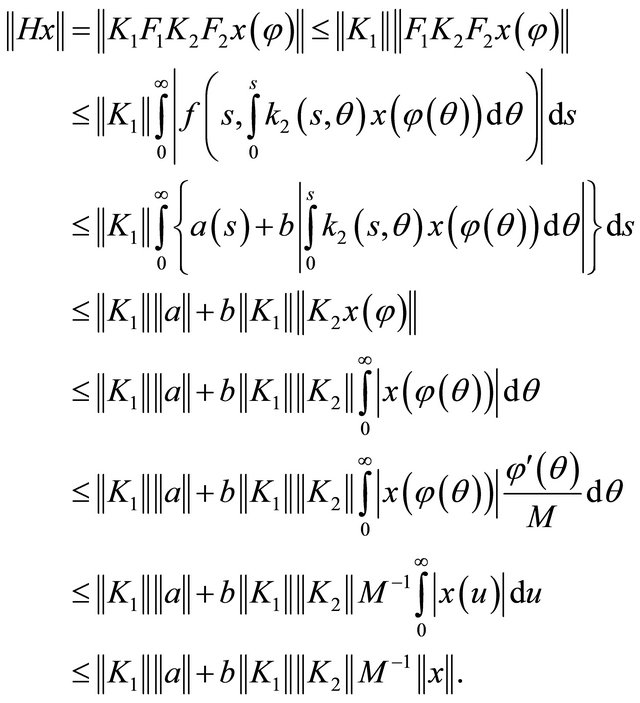
The above estimate shows that the operator 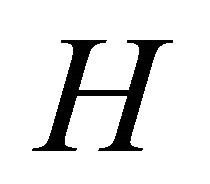 maps
maps 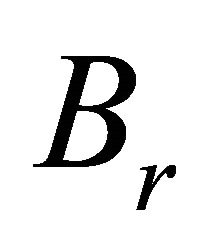 into itself, where
into itself, where

Moreover, according to Theorem 2, we deduce that the operator 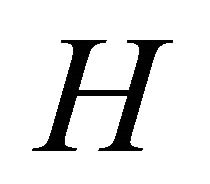 is continuous on the space
is continuous on the space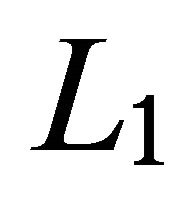 .
.
Next, to prove that 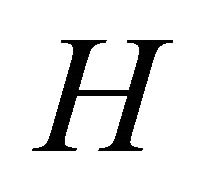 is a contraction, let
is a contraction, let 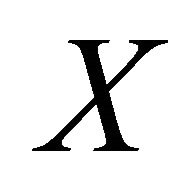 be a nonempty subset of
be a nonempty subset of 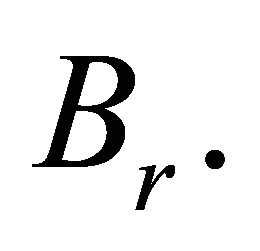 Fix
Fix 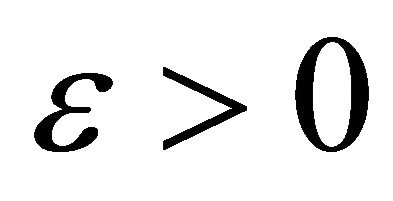 and take a measurable subset
and take a measurable subset 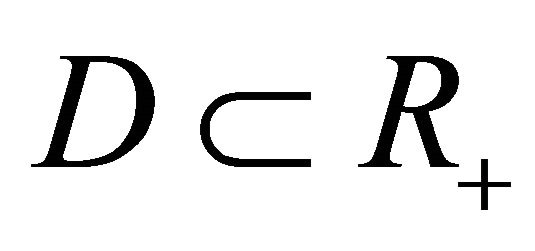 such that
such that . Then for any
. Then for any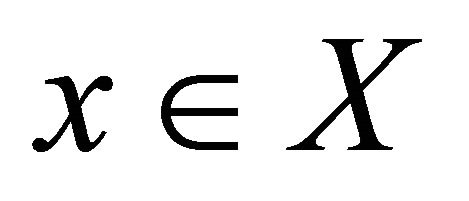 , we get
, we get
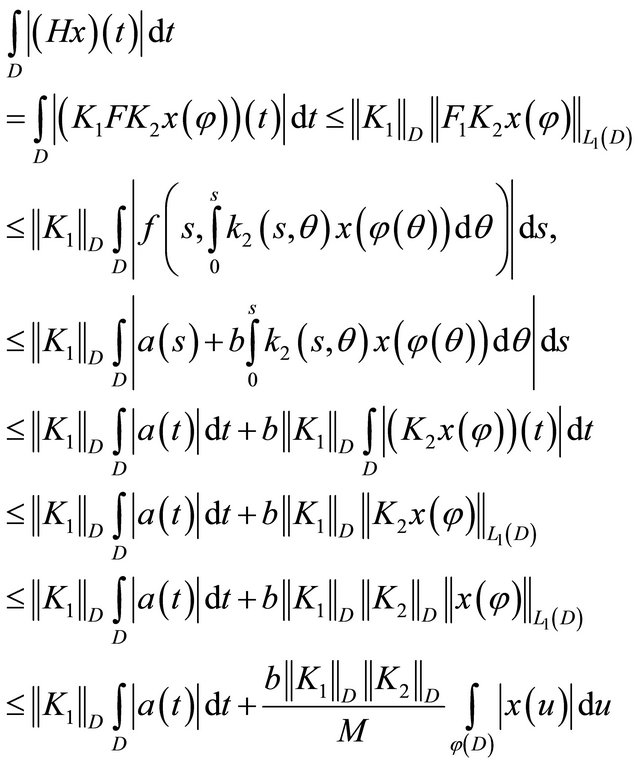
where the symbol 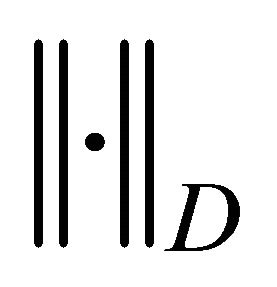 denotes the operator norm acting from the space
denotes the operator norm acting from the space 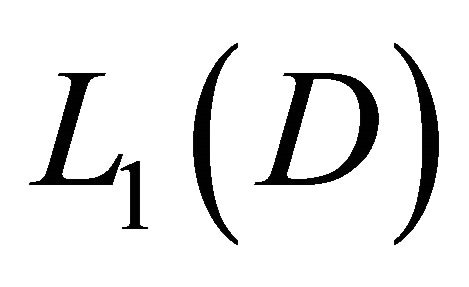 into itself. Also in the above calculation we used the fact that
into itself. Also in the above calculation we used the fact that 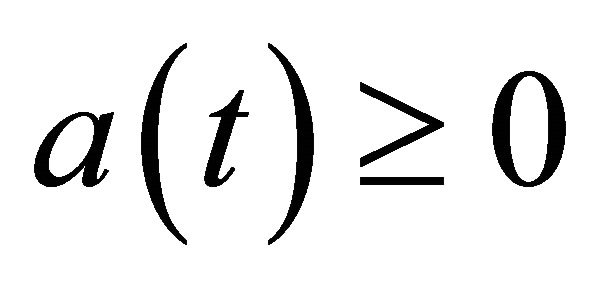 for
for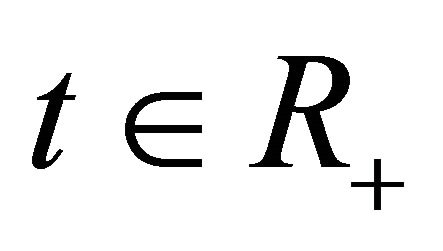 . From the absolute continuity of the function
. From the absolute continuity of the function 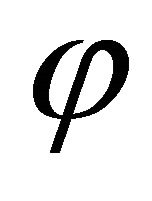 and the obvious equality
and the obvious equality
 .
.
and using Theorem 6 we obtain
 (6)
(6)
Furthermore, fixing  we can deduce that
we can deduce that
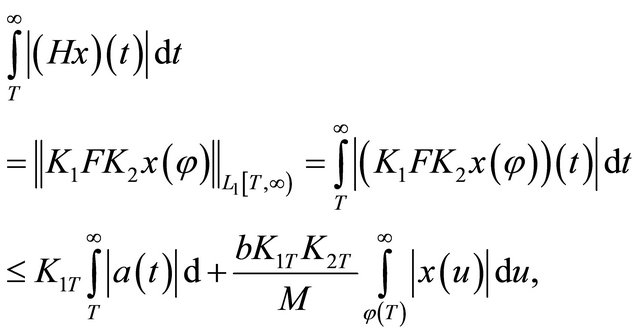
where the symbol 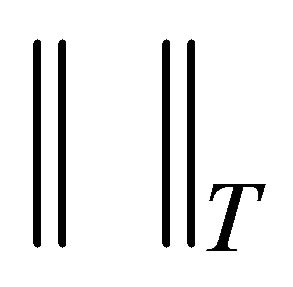 denotes the operator norm acting from the space
denotes the operator norm acting from the space 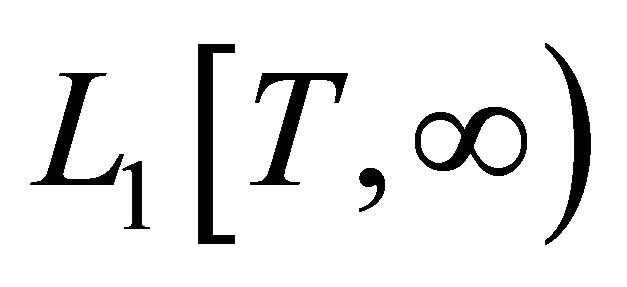 into itself. Now according to the fact that the set consisting of one element is weakly compact, by using Theorem 6 and the formula
into itself. Now according to the fact that the set consisting of one element is weakly compact, by using Theorem 6 and the formula

and since ![]() we get
we get
 (7)
(7)
According to Equation (3), combining (6) and (7), we get
 (8)
(8)
Put . Clearly, according to assumption iv)
. Clearly, according to assumption iv)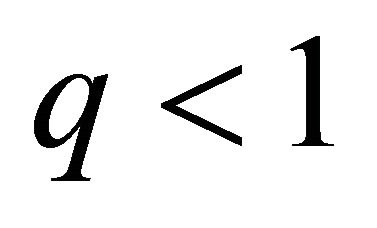 . Consider the sequence of sets
. Consider the sequence of sets
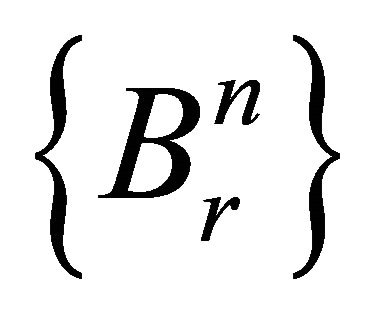 , where
, where  and so on. Obviously this sequence is decreasing i.e.
and so on. Obviously this sequence is decreasing i.e. 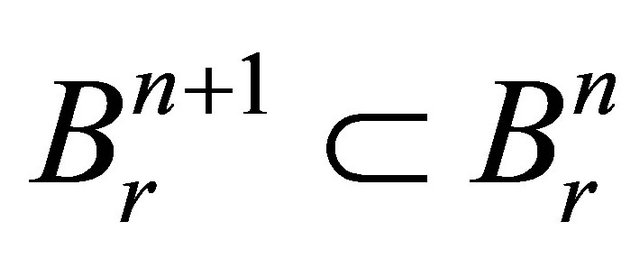 for
for  Moreover,
Moreover,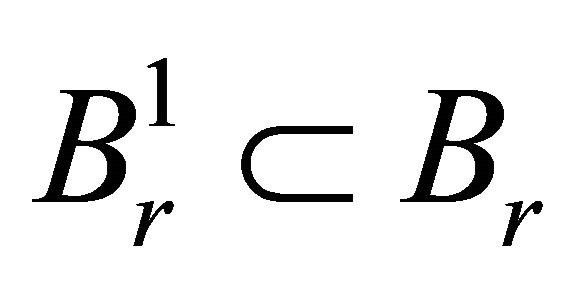 . Apart from this, all sets belonging to this sequence are closed and convex, so weakly closed. On the other hand in view of inequality (8) we have
. Apart from this, all sets belonging to this sequence are closed and convex, so weakly closed. On the other hand in view of inequality (8) we have

which yields that 
Consequently, by axiom 5) of Definition 5 we infer that the set
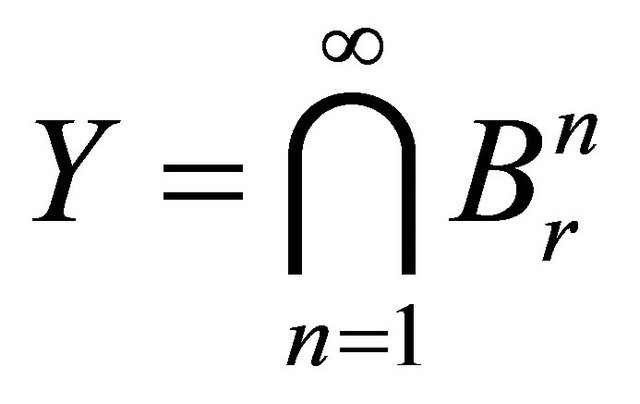
is nonempty, closed, convex and weakly compact (in view of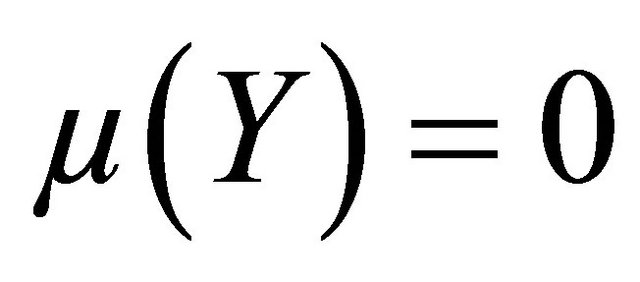 ). Moreover,
). Moreover,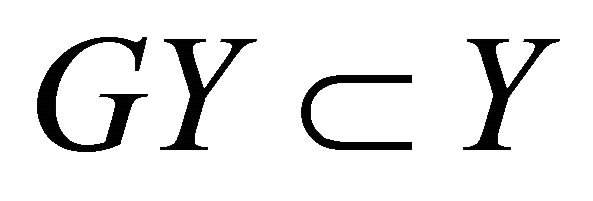 .
.
In the sequel we show that the set 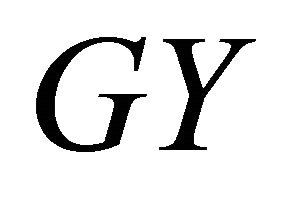 is relatively compact in the set
is relatively compact in the set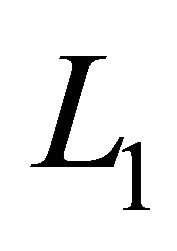 .
.
To do this let us take an arbitrary sequence 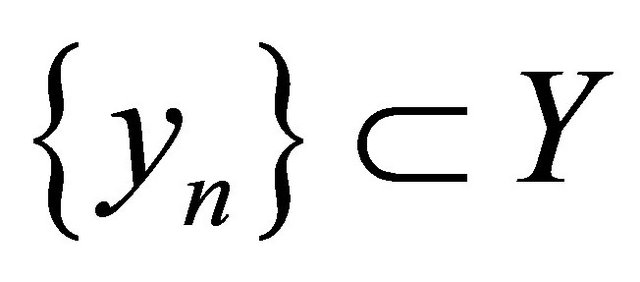 and fix arbitrarily a number
and fix arbitrarily a number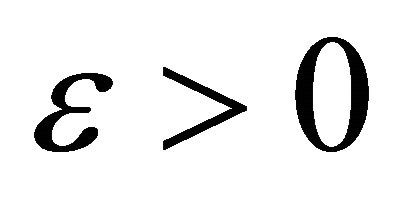 . Since
. Since 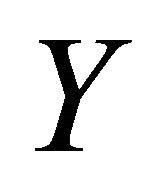 is weakly compact, in view of Theorem 6 we deduce that there exists
is weakly compact, in view of Theorem 6 we deduce that there exists 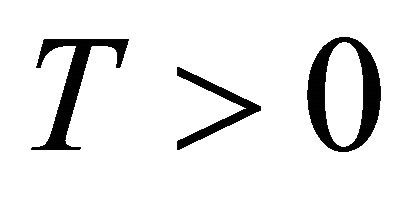 such that for any natural number
such that for any natural number 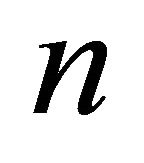 the following inequality is satisfied
the following inequality is satisfied
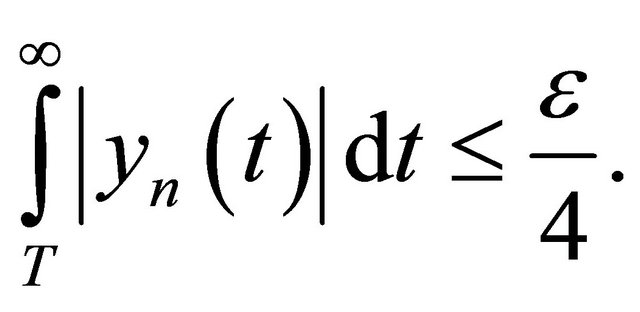 (9)
(9)
To apply the classical Schauder fixed point theorem, we need to prove that the set 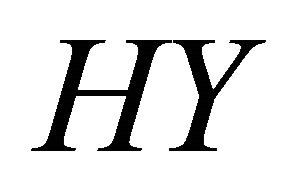 is relatively compact in
is relatively compact in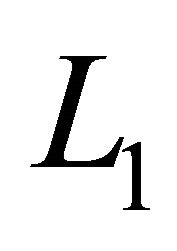 . For this aim let us consider the functions
. For this aim let us consider the functions 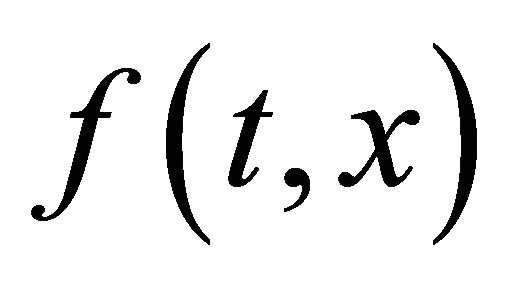 on the set
on the set 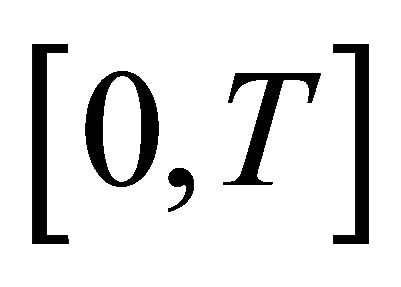 and the functions
and the functions  on the set
on the set
 .
.
In view of Theorem 3 we can find a closed subset 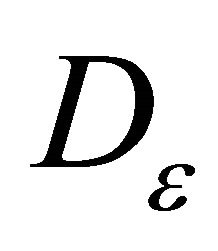 of the interval
of the interval 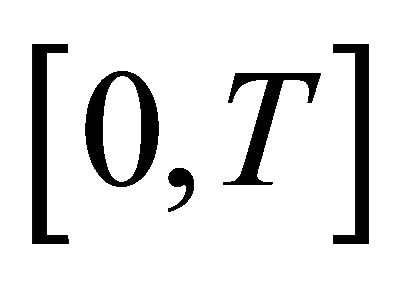 such that
such that  (where
(where
 ) and such that the functions
) and such that the functions 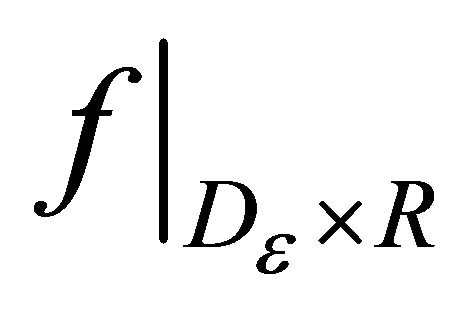
and ![]() are continuous. Hence we infer that
are continuous. Hence we infer that ![]() are uniformly continuous.
are uniformly continuous.
In what follows we show that 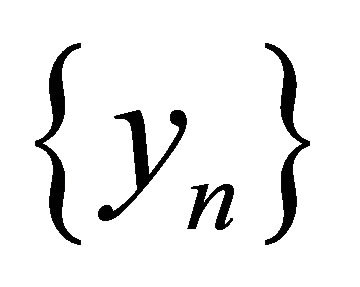 is an equicontinuous on
is an equicontinuous on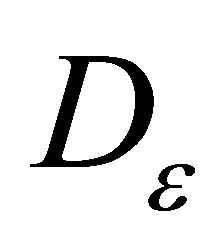 , for that let us take arbitrarily
, for that let us take arbitrarily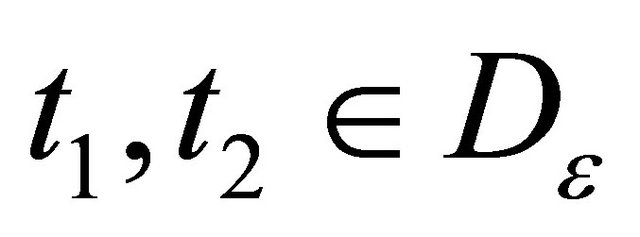 . Without loss of generality we can assume that
. Without loss of generality we can assume that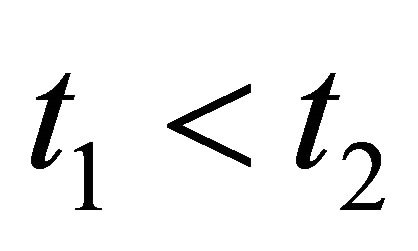 . Then, keeping in mind our assumptions, for an arbitrary fixed
. Then, keeping in mind our assumptions, for an arbitrary fixed 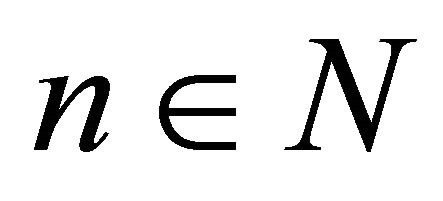 we obtain:
we obtain:
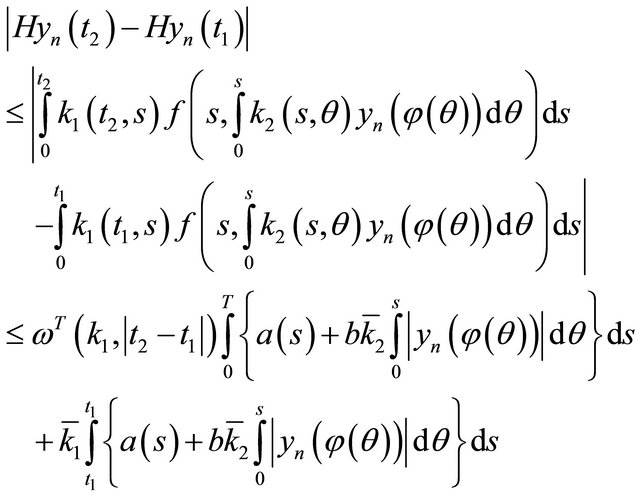
where 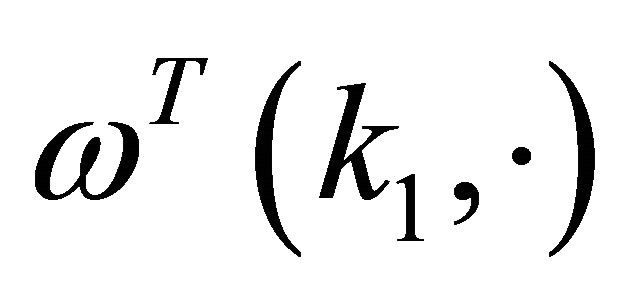 denotes the modulus of continuity of the function
denotes the modulus of continuity of the function 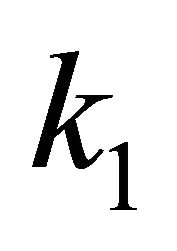 on the set
on the set  and
and

By rearranging the order of double integrations, we get
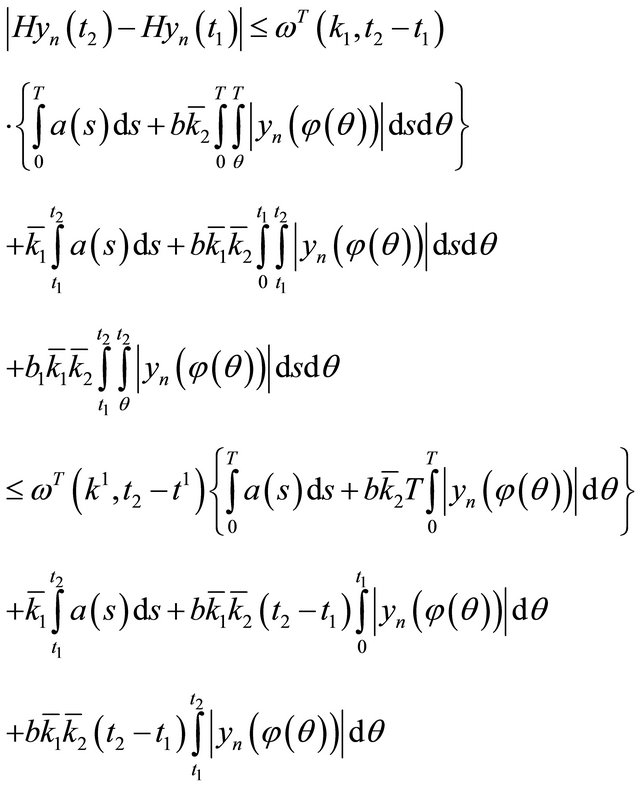
From the above estimate and the consideration of the fact that 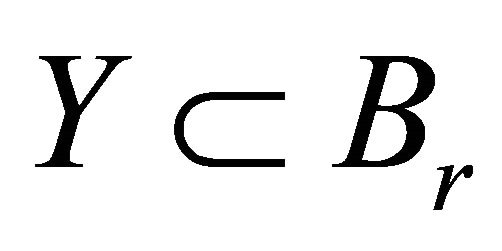 we obtain
we obtain

Now, utilizing the fact that the sequence 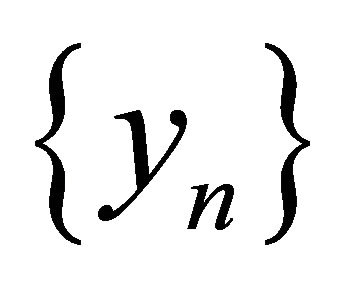 is weakly compact and taking into account Theorem 6 we can show that the number
is weakly compact and taking into account Theorem 6 we can show that the number
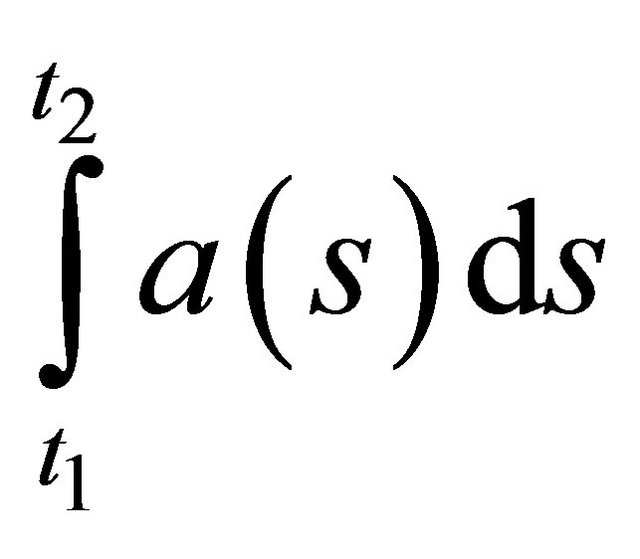
is arbitrarily small provided the number 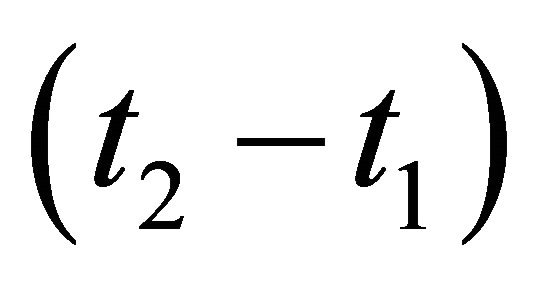 is taken to be sufficiently small (it is a consequence of the fact that a one element set is weakly compact in
is taken to be sufficiently small (it is a consequence of the fact that a one element set is weakly compact in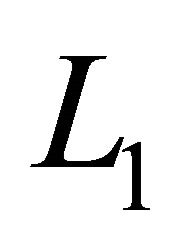 ).
).
Furthermore,
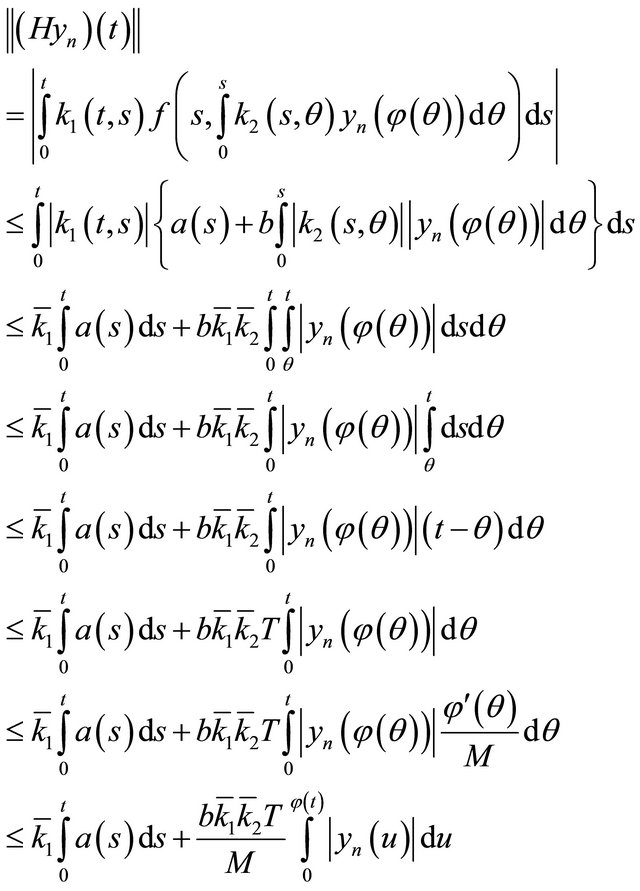
Hence

Hence consequently the sequence 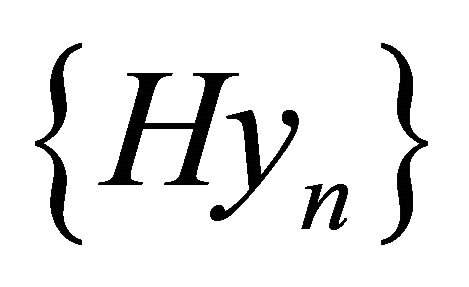 is a sequence of uniformly bounded and equicontinuous functions on
is a sequence of uniformly bounded and equicontinuous functions on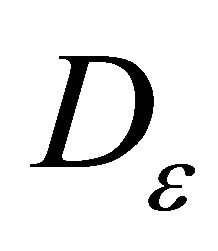 . Hence, in view of Ascoli-Arzela theorem we deduce that the sequence
. Hence, in view of Ascoli-Arzela theorem we deduce that the sequence 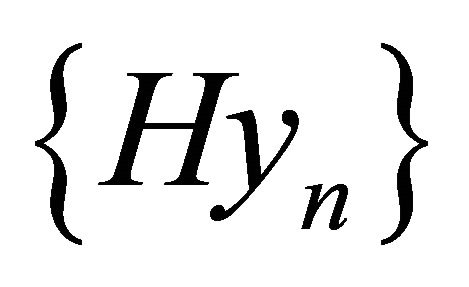 is relatively compact subset in the space
is relatively compact subset in the space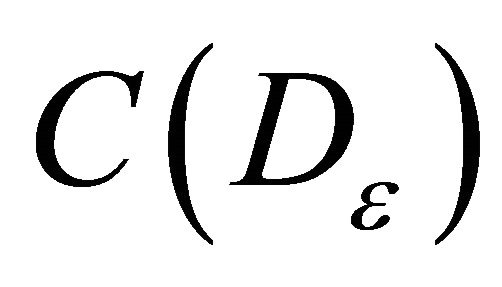 .
.
Further observe that the above reasoning does not depend on the choice of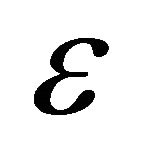 . Thus we can construct a sequence
. Thus we can construct a sequence 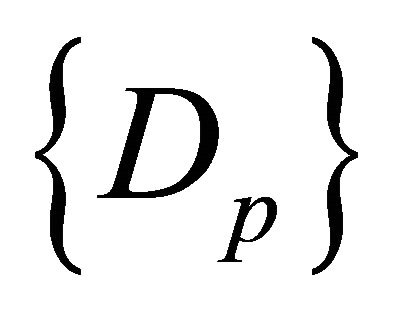 of closed subsets of the interval
of closed subsets of the interval 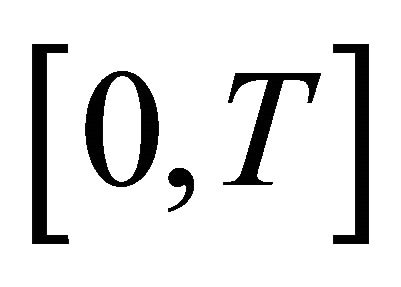 such that
such that  as
as 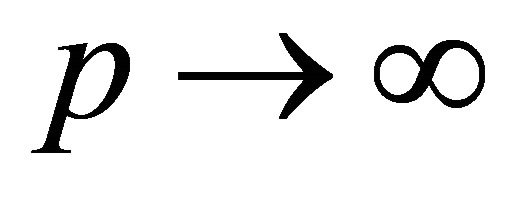 and such that the sequence
and such that the sequence 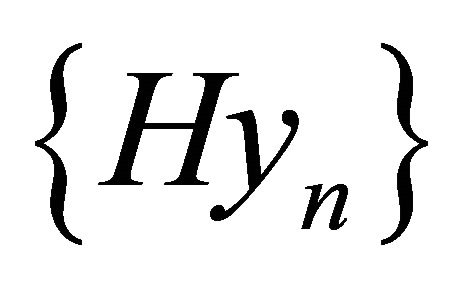 is relatively compact in every space
is relatively compact in every space
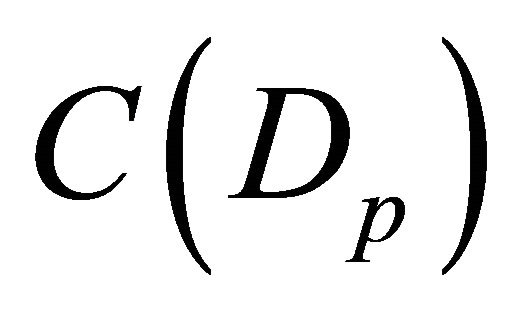 . Passing to subsequences if necessary we can assume that
. Passing to subsequences if necessary we can assume that 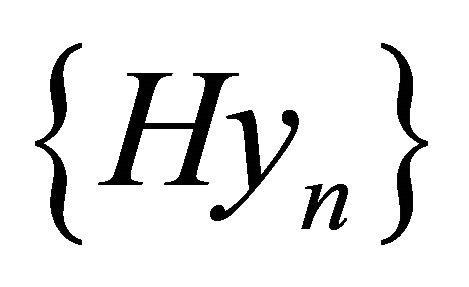 is a Cauchy sequence in each space
is a Cauchy sequence in each space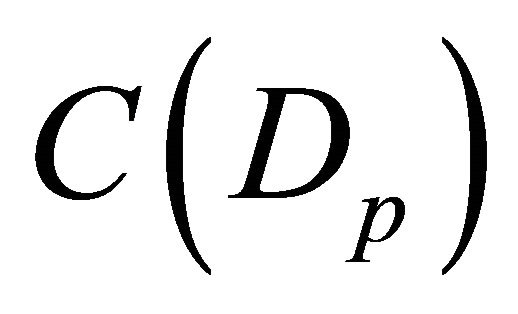 , for
, for 
In what follows, utilizing the fact that the set 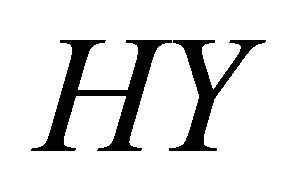 is weakly compact, let us choose a number
is weakly compact, let us choose a number 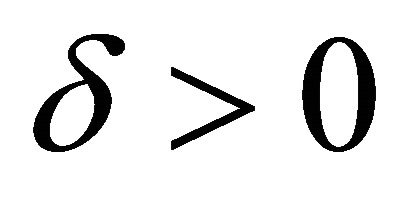 such that for each closed subset
such that for each closed subset 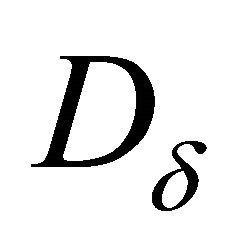 of the interval
of the interval 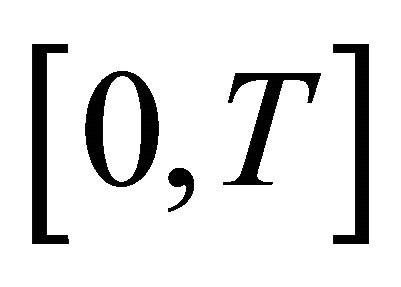 such that
such that  we have
we have
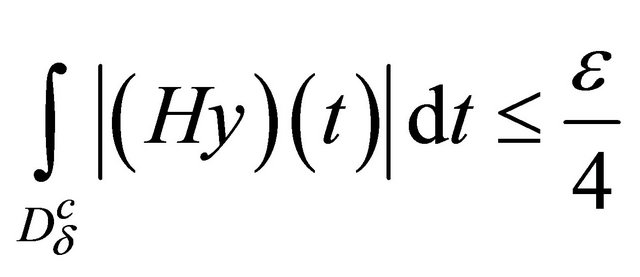 (10)
(10)
for any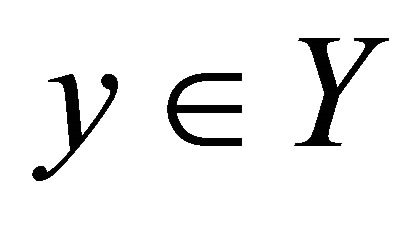 .
.
Keeping in mind the fact that the sequence 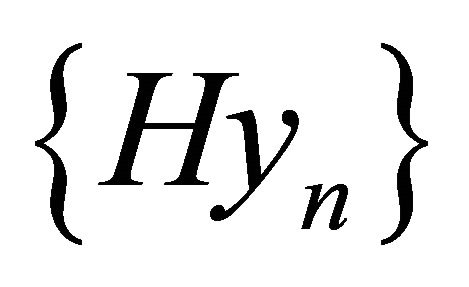 is a Cauchy sequence in each space
is a Cauchy sequence in each space 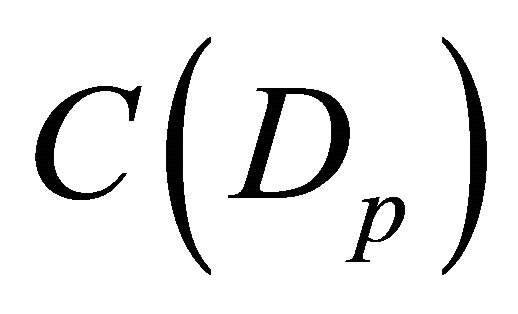 we can choose a natural number
we can choose a natural number 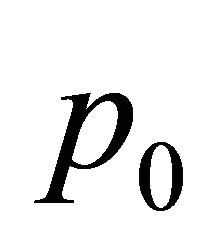 such that
such that 
and for arbitrary natural numbers 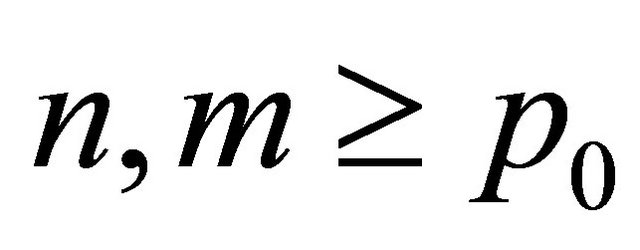 the following inequality holds
the following inequality holds

for any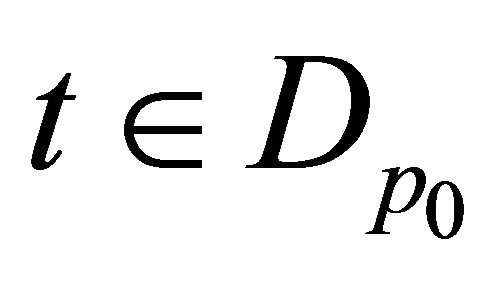 . Obviously without loss of generality we can assume that
. Obviously without loss of generality we can assume that .
.
Now, using the above facts and (10) we obtain
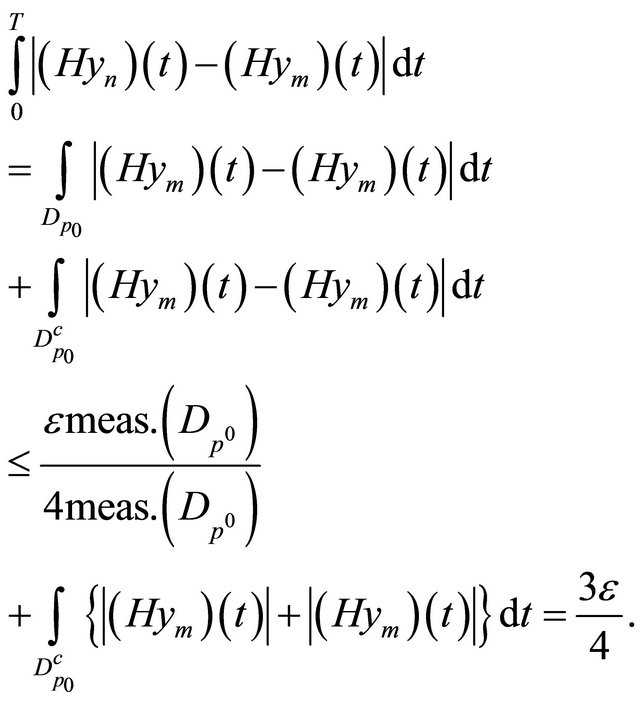 (11)
(11)
Finally, from (10) and (11) we get

which means that 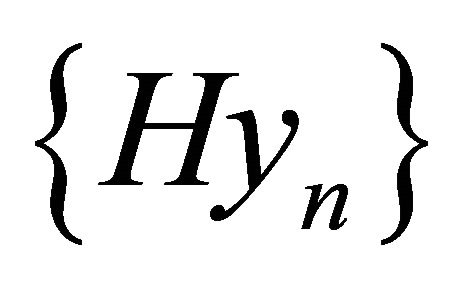 is a Cauchy sequence in the space
is a Cauchy sequence in the space  Hence we conclude that the set
Hence we conclude that the set 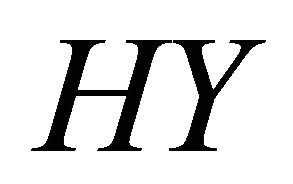 is relativelycompact in this space.
is relativelycompact in this space.
In the last step of the proof let us consider the set  In view of the Mazur theorem we infer that the set
In view of the Mazur theorem we infer that the set 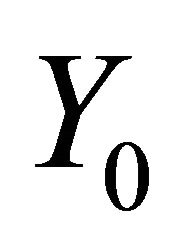 is compact in the space
is compact in the space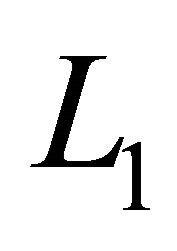 . Moreover, we have that the operator
. Moreover, we have that the operator 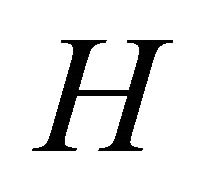 transforms continuously the set
transforms continuously the set 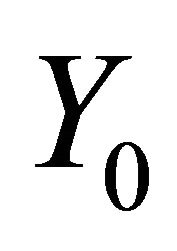 into itself. Thus the classical Schauder fixed point principle gives that
into itself. Thus the classical Schauder fixed point principle gives that 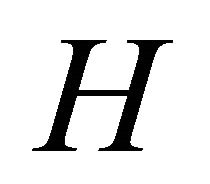 has at least one fixed point. This proves that there exists at least one
has at least one fixed point. This proves that there exists at least one 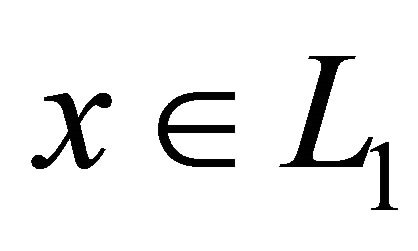 that solves Equation (4).
that solves Equation (4).
4. Nonlinear Equation of Convolution Type
Assume that  is an integrable function. For an arbitrary function
is an integrable function. For an arbitrary function 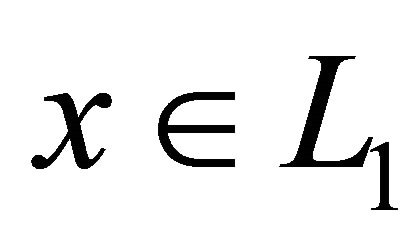 set
set

This operator 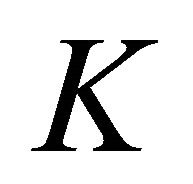 is a linear integral operator of convolution type and maps
is a linear integral operator of convolution type and maps 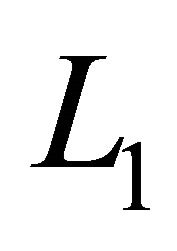 into itself continuously.
into itself continuously.
Now, consider the following condition

Then we have the following Corollary
Corollary 11. Let the hypotheses i)-v) are satisfied. Then a nonlinear equation of convolution type
 (12)
(12)
has at least one integrable solution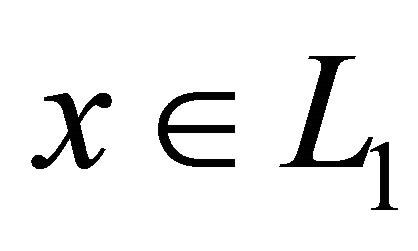 .
.
In the next subsection, we prove an existence theorem for integral equation of fractional order as a special form of Equation (12).
Initial Value Problems of Fractional Order
As a special case of Equation (14), we consider
 (13)
(13)
where

and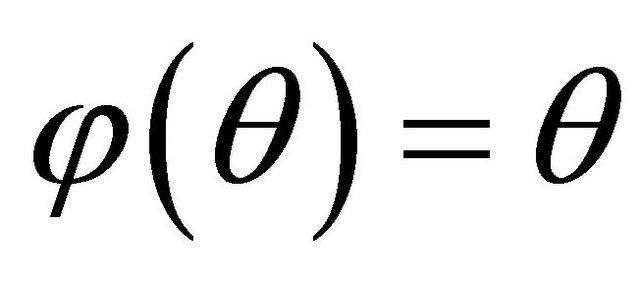 . Equation (13) is an integral equation of fractional order that can be written in the form
. Equation (13) is an integral equation of fractional order that can be written in the form
 (14)
(14)
Obviously, Equation (14) has at least one integrable solution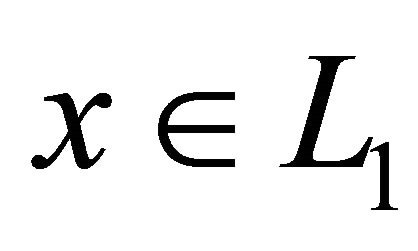 .
.
Definition 12. By a solution of the initial value problem (1) we mean an absolutely continuous function x satisfies the initial value problem (1).
Theorem 13. Let  and
and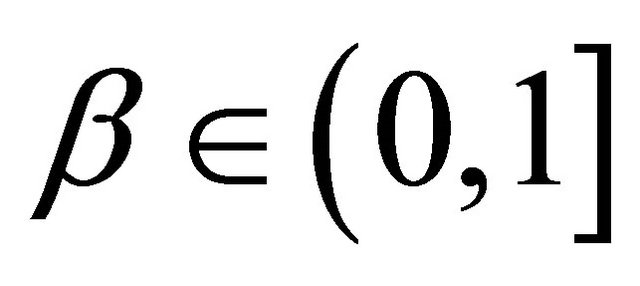 .
.
If assumptions i)-iii) and v) are satisfied, then the initial value problem (1) has at least one solution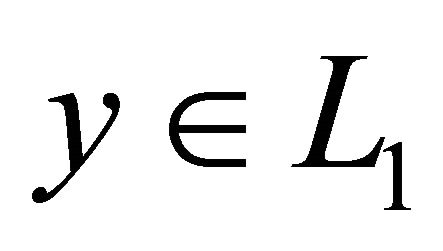 .
.
Proof. Let 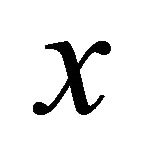 be a solution of the integral Equation (14). Putting
be a solution of the integral Equation (14). Putting
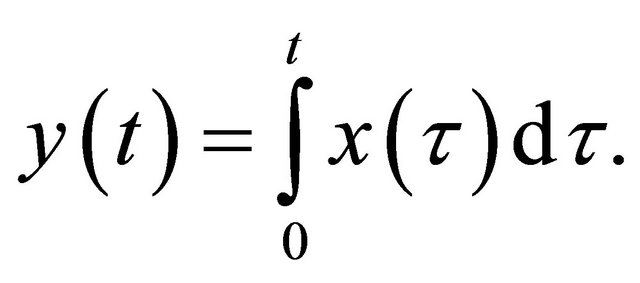
Since 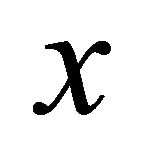 is integrable, then
is integrable, then

where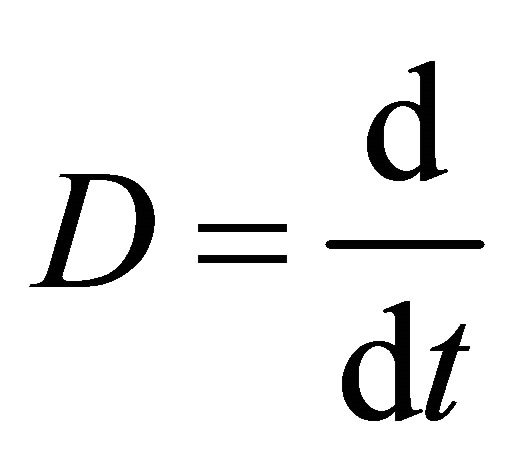 . Moreover, the integral
. Moreover, the integral 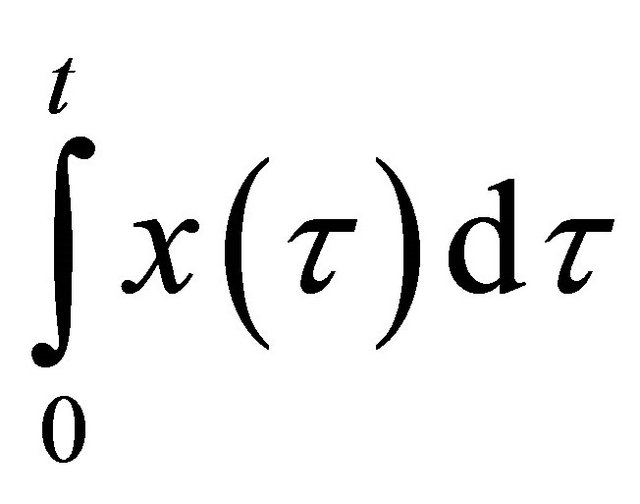 of integrable function
of integrable function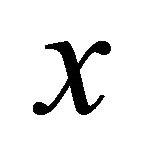 is absolutely continuous then
is absolutely continuous then

Then we have,

Furthermore, we obtain
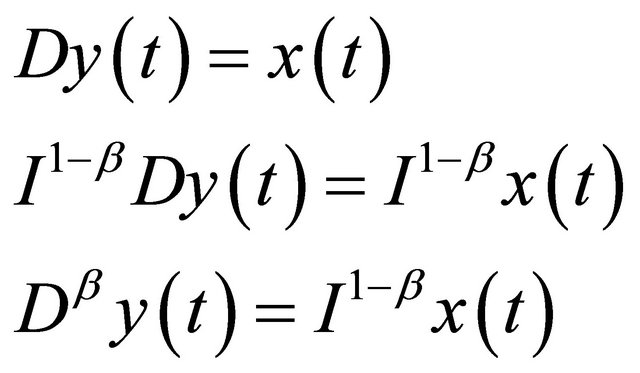
Consequently, Equation (14) gives

Since 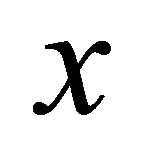 is integrable and absolutely continuous, then
is integrable and absolutely continuous, then
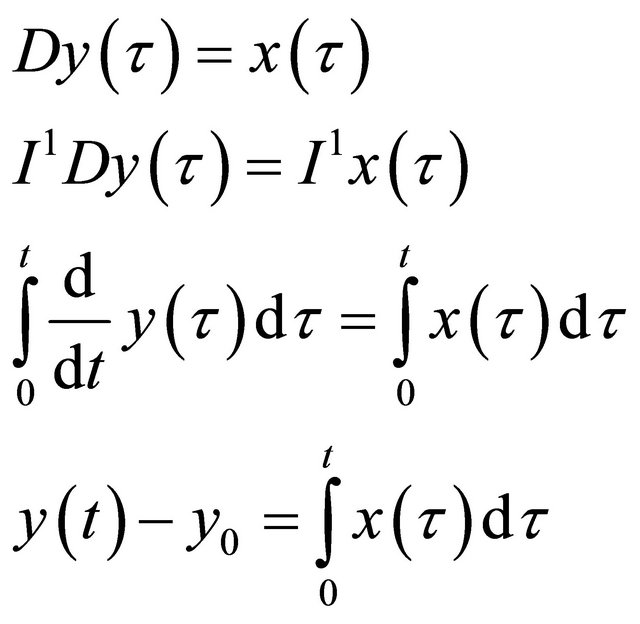
Clearly, . Hence we deduce that
. Hence we deduce that 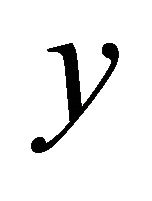 is an absolutely continuous function satisfies the initial value problem (1). Hence the proof is complete.
is an absolutely continuous function satisfies the initial value problem (1). Hence the proof is complete.
5. Conclusion
The existence theorem of functional integrable equation in the space of Lebesgue integrable functions on unbounded interval 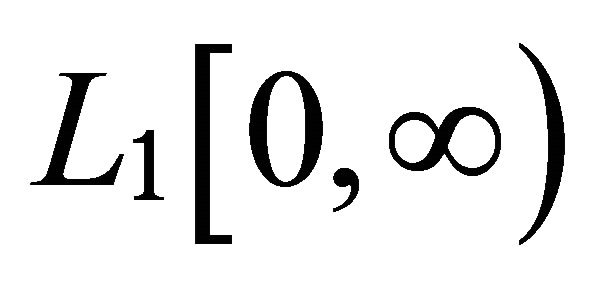 is presented and proved. As an application of this theorem, we investigated the existence of solution of the suggested initial value problems of fractional order.
is presented and proved. As an application of this theorem, we investigated the existence of solution of the suggested initial value problems of fractional order.
REFERENCES
- J. Banas and Z. Knap, “Integrable Solutions of a Functional-Integral Equation,” Revista Matemática de la Universidad Complutense de Madrid, Vol. 2, No. 1, 1989, pp. 31-38.
- J. Banas and A. Chlebowicz, “On Existence of Integrable Solutions of a Functional Integral Equation under Carathéodory Conditions,” Nonlinear Analysis, Vol. 70, No. 9, 2009, pp. 3172-3179.
- G. Emmanuele, “Integrable Solutions of a Functional Integral Equation,” Journal of Integral Equations and Applications, Vol. 4, No. 1, 1992, pp. 89-94. doi:10.1216/jiea/1181075668
- P. P. Zabrejko, A. I. Koshelev, M. A. Krasnosel’skii, S. G. Mikhlin, L. S. Rakovshchik and V. J. Stecenko, “Integral Equations,” Noordhoff, Leyden, 1975.
- A. M. A. El-Sayed, “Nonlinear Functional Differential Equations of Arbitrary Orders,” Nonlinear Analysis, Vol. 33, No. 2, 1998, pp. 181-186. doi:10.1016/S0362-546X(97)00525-7
- A. M. A. El-Sayed, N. Sherif and I. A. Ibrahim, “On a Mixed Type Integral Equation and Fractional Order Functional Differential Equations,” Commentationes Mathematicae. Prace Matematyczne, Vol. 45, No. 2, 2005, pp. 237-247.
- I. A. Ibrahim, T. S. Amer and Y. M. Abo Essa, “Integrable Solutions of Initial Value Problems of Fractional Order,” Far East Journal of Mathematical Sciences, Vol. 62, No. 1, 2012, pp. 97-123.
- J. Appel, “Implicit Functions, Nonlinear Integral Equations and the Measure of Noncompactness of the Superposition Operator,” Journal of Mathematical Analysis and Applications, Vol. 83, No. 1, 1981, pp. 251-263. doi:10.1016/0022-247X(81)90261-4
- M. A. Krasnosel’skii, P. P. Zabrejko, J. I. Pustyl’nik and P. J. Sobolevskii, “Integral Operators in Spaces of Summable Functions,” Noordhoff, Leyden, 1976.
- R. Pluciennik, “On Some Properties of the Superposition Operator in Generalized Orlicz Spaces of Vector-Valued Functions,” Commentationes Mathematicae. Prace Matematyczne, Vol. 25, No. 2, 1985, pp. 321-337.
- K. Carathéodory, “Vorlesungen Über Reele Funktionen,” De Gruyter, Leipzig, 1918.
- J. Appel and P. P. Zabrejko, “Nonlinear Superposition Operators,” In: Cambridge Tracts in Mathematics, Vol. 95, Cambridge University Press, Cambridge, 1990.
- G. Scorza Dragoni, “Un Teorema Sulle Funzioni Continue Rispetto ad une e Misarubili Rispetto ad Un’altra Variable,” Rendiconti del Seminario Matematico della Università di Padova, 1948, pp. 102-106.
- N. Dunford and J. T. Schwartz, “Linear Operators,” Int. Publ., Leyden, 1963.
- J. Banas and W. G. El-Sayed, “Measures of Noncompactness and Solvability of an Integral Equation in the Class of Functions of Locally Bounded Variaton,” Journal of Mathematical Analysis and Applications, Vol. 167, No. 1, 1992, pp. 133-151. doi:10.1016/0022-247X(92)90241-5
- J. Banas and J. Rivero, “On Measures of Weak Noncompactness,” Annali di Matematica Pura ed Applicata, Vol. 151, No. 1, 1988, pp. 213-224. doi:10.1007/BF01762795
- J. Banas and Z. Knap, “Measures of Weak Noncompactness and Nonlinear Integral Equations of Convolution Type,” Journal of Mathematical Analysis and Applications, Vol. 146, No. 2, 1990, pp. 353-362. doi:10.1016/0022-247X(90)90307-2
- J. Dieudonné, “Sur les Espaces de Köthe,” Journal d’Analyse Mathématique, Vol. 1, No. 1, 1951, pp. 81-115. doi:10.1007/BF02790084
- A. M. A. El-Sayed, W. G. El-Sayed and O. L. Moustafa, “On Some Fractional Functional Equations,” Pure Mathematics and Applications, Vol. 6, No. 4, 1995, pp. 321- 332.
- S. G. Samko, A. A. Kilbas and O. I. Marichev, “Fractional Integrals and Derivatives Theory and Applications,” Gordon and Breach Science Publishers, Amsterdam, 1993.

